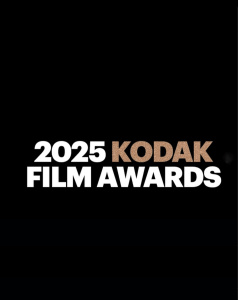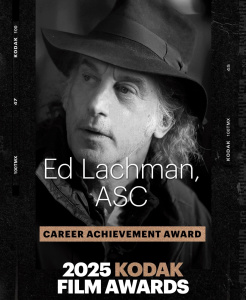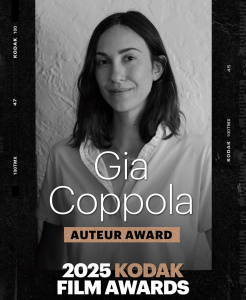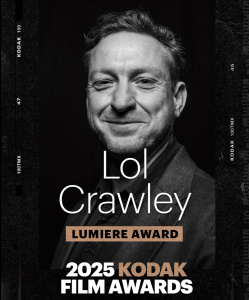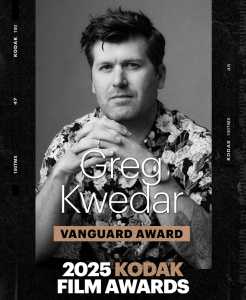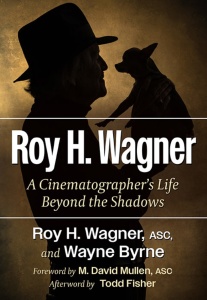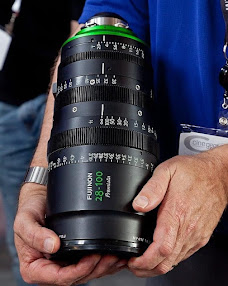William Hazlitt remarked back in 1817 on the function of theatrical illusion, published in Characters of Shakespeare’s plays. “The romantic, visionary definition of dramatic poetry demanded a stage that should contrive to lose its identity in the service of this absolute illusion and make the spectators forget - for as much as possible of their time in the theatre - that they knew a world more ‘real’ than that placed before them on the stage.” (Jackson,1989,p.1-2)
Actor manager, Sir Herbert Beerholm Tree, declared close to a century later, in 1913 that: “Illusion is the first and last word of the stage; all that aids illusion is good, all that destroys illusion is bad.” (Thoughts and After-thoughts, 1913, p.57), (Jackson,1989,p.2).
These are two key concepts I strongly believe when considering any art form of narrative entertainment. Published approximately a century apart, these separate quotes target the need for the use of illusion to aid our storytelling. And most importantly, if you are to use illusion, do not introduce factors that will destroy it.
Sir Herbert Beerholm Tree was referring to the use of disturbing factors that would remove us from the story being told on a stage. And like William Hazlitt precisely remarked, almost two hundred years ago, the audience should experience “a world more real” than what they experience from their seats.
I consider, rather than focusing on a movie being “in 3D” and dwell in its three-dimensional space, it should be approached by the viewer for the subjective emotional effect it should deliver to the audience.I have to admit that I am short of good examples of use of 3D in feature films. Although, there is one current example were 3D was implemented as the function of storytelling and were 3D was not “ just that cool effect”, but rather the key element of communicating the story. I am talking about Martin Scorsese's Hugo (2011)
Hugo is the first 3D movie I have seen to give characters what seems to be their own 3D profile in negative space. Meaning, what I see is that each character has a fixed maximum amount that they pop out of the screen; Now, why is that? To consider this, it is important to consider why at all the decision was made to make the film in 3D. One reason could be as Mr. Mendiburu so plainly explains it in his book of 3D movie making Stereoscopic Digital Cinema from script to screen, (2009):
“Because 3D is our natural way of seeing, it brings a feeling of realism to the audience. With 3D, we no longer have to rebuild the volume of objects in the scene we are looking at, because we get them directly from our visual system. By reducing the effort involved in the suspension of disbelief, we significantly increase the immersion of experience.” (Mendiburu, 2009, p.3)
Personally, I do feel that I am able to connect stronger emotionally with a screen projected person who looks exactly like I would view him or her in actual real life. However, there are limits of which point the “pop out” effect is for me considered comfortable and emotionally compassionate. The main character Hugo Cabret, played by Asa Butterfield, has a “3D face profile” that only just pops out of the screen. I consider this to be comfortable 3D. It is neither straining nor confrontational to watch; A good choice and creative decision to portray a main character in my opinion.
The Inspector is portrayed with a much more confronting and aggressive effect of 3D. With the distortion of space that 3D allows, he is removed from his background and becomes much more confrontational for me to watch. When the Inspector does confront Hugo, the 3D is so strong that it physically hurts to look at him. I turned away both times watching this scene, which caused an emotional effect within me of being inferior to the Station Inspector. The genius stroke with this use of 3D being: although I did turn away from the screen was I at no point removed from the storyline of Hugo, I felt more like I was living the experience of the Station inspector through Hugo!
This effect of bringing the characters gradually out of the screen and into the audience (negative space) is also used when accentuating the emotion of a dialogue. The experience is one where I gradually feel as if I could touch them myself during the intensification of the emotion behind the dialogue.
Chris Condon, one of the early 3D filmmaker from the 50`s through to the early 80`s explain his vision on using 3D in narrative feature film:
“It has to be a film with stereoscopic elements that are used as part of the entertainment. (…) Most people don`t realize that if you show the 3D version of a picture, it`s more enjoyable. You don`t realize it, because it`s subconscious.” (Zone, 2005, p.8)
In Hugo the use of 3D must have been meant to be “forgotten” while experienced. The 3D illusion has its function of showing real life. There is particularly this one scene in the film where Mama Jeanne, played by Helen McCrory is confronted with her husband George Méliès' “one and only” surviving film from his immense film career. This is an amazingly emotional scene to watch, and in addition the film discovery seems even more real because the characters POV of the only surviving film being projected is in 2D! While our view of them watching the film is in 3D.
*Article based on my 2011 dissertation is not published as I feel my dissertation to be yet incomplete. Missing a confirmation quote from the key creative crew, being Director Martin Scorsese and Stereographer Demetri Portelli, regarding their intentions of deliberate use of 3D that is so obvious in Hugo (2011).
References:
BOOKS














